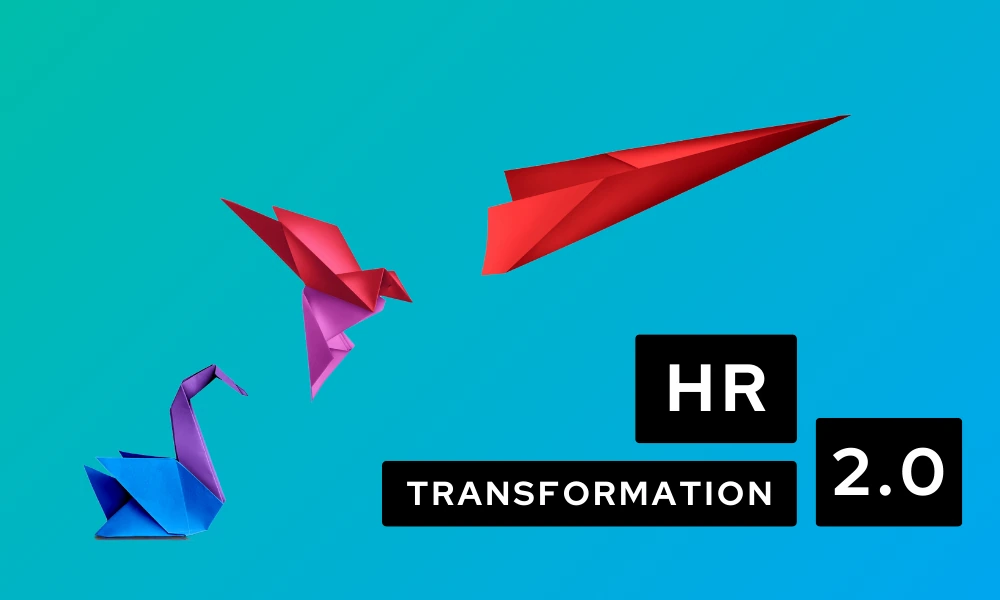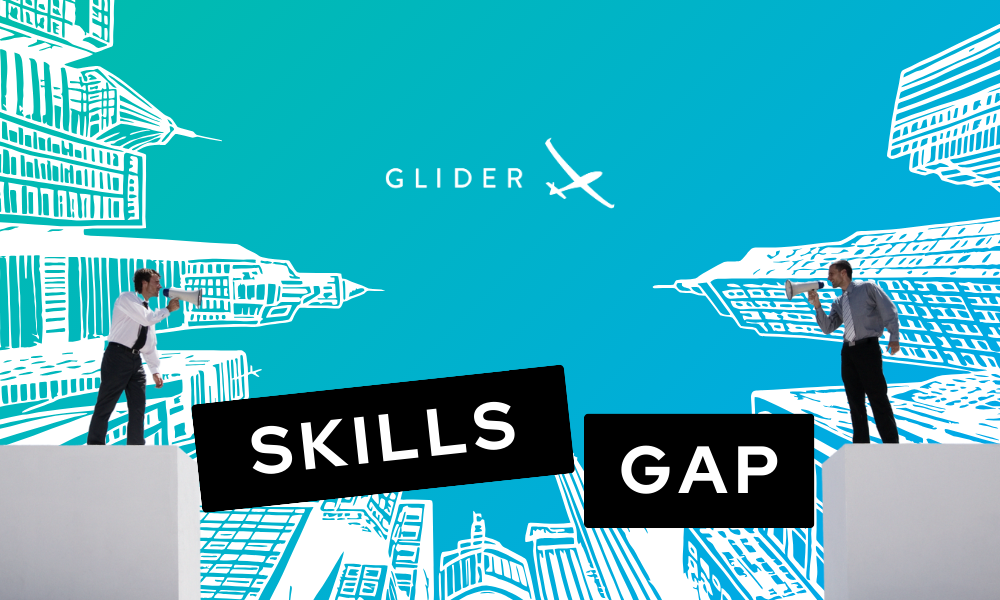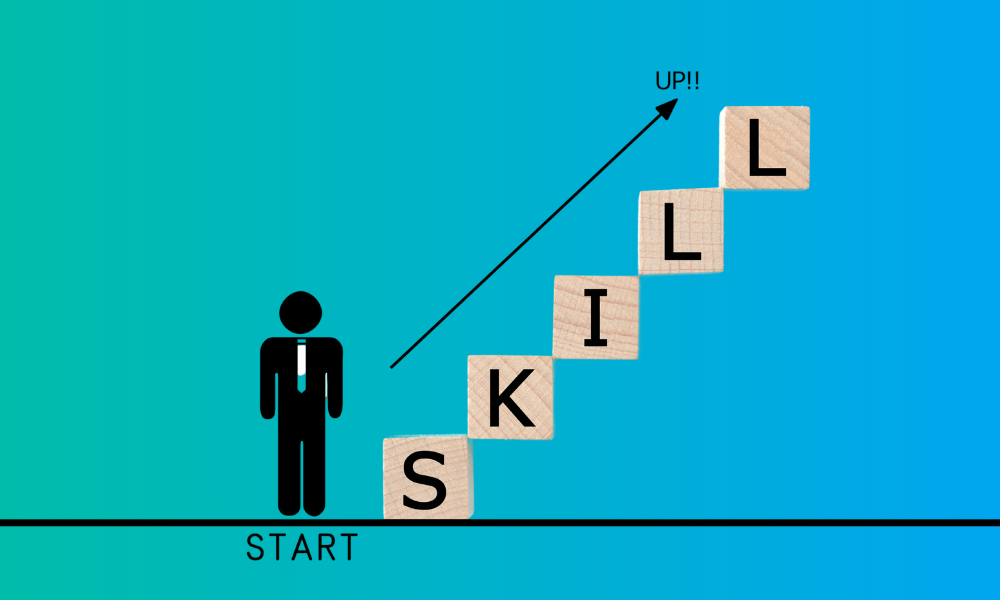Why HR Must Lead AI Transformation — And Redefine HR Transformation in the Process
Artificial intelligence is no longer a futuristic concept. It’s here, and it’s redefining how businesses operate, how decisions are made, and most importantly—how work gets done.
Yet despite the sweeping impact AI is having on talent, skills, and workforce structure, HR is often left on the sidelines. AI initiatives are typically led by IT, Finance, or Operations. But here’s the reality: if AI is transforming work itself, then HR Transformation must include—and even lead—enterprise AI transformation.
HR Transformation Starts with Workforce Transformation
According to McKinsey (2024), 77% of companies report that AI is already altering workforce structure and job roles. Meanwhile, Gartner expects a 400% increase in AI adoption within HR functions by 2027. Still, many organizations treat HR as a reactive function rather than a strategic driver of transformation.
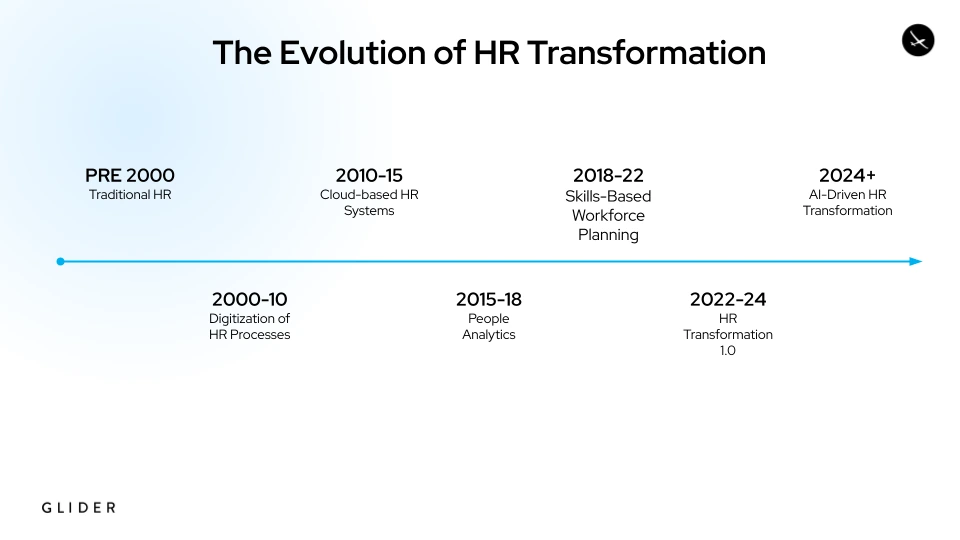
This is a missed opportunity. The next evolution of HR Transformation isn’t just about digital tools or process automation—it’s about owning the people strategy behind AI adoption.
Why HR Should Lead AI Transformation
HR is uniquely positioned to lead enterprise-wide transformation efforts because AI is fundamentally a people challenge, not just a tech one.
Skills-Based Strategy: AI is accelerating the shift from jobs to skills. HR already leads this shift through talent strategy and internal mobility. Aligning AI to a skills-based approach is a natural extension of HR Transformation.
Change Management Expertise: AI transformation requires culture change, trust-building, and adoption across all levels of the workforce. HR has the frameworks and experience to lead enterprise-wide change initiatives.
Governance & Ethics: AI introduces bias risks, data privacy concerns, and questions around fairness. HR must be at the center of AI governance—owning the policies, practices, and communication that keep transformation equitable and transparent.
HR Has the Head Start: Talent teams are already piloting AI—through recruiting automation, learning platforms, and predictive analytics. Scaling this effort organization-wide should be part of a broader HR Transformation roadmap.
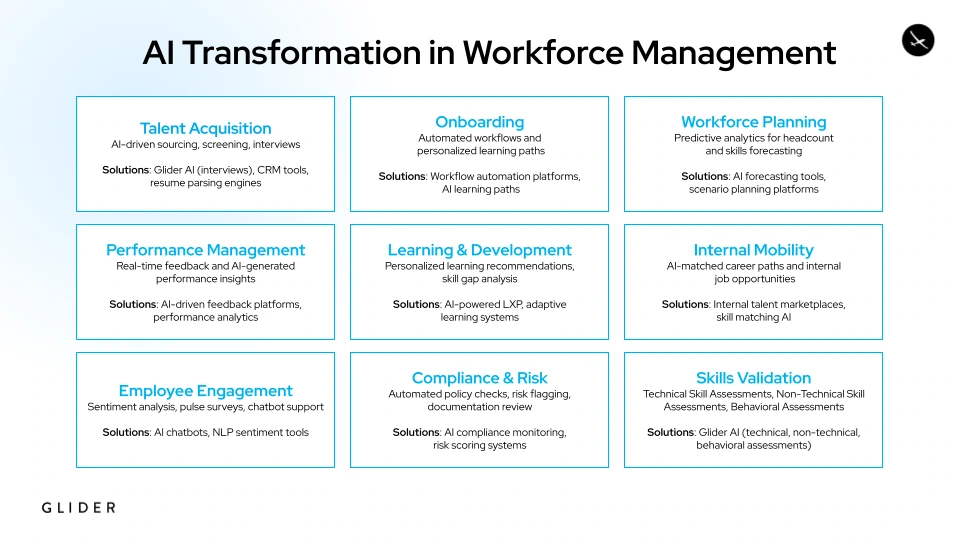
The Pros & Cons of HR Leading AI Transformation
Leading AI transformation is a bold move for HR—and it comes with both advantages and challenges.
Why HR is Best Positioned to Lead
- Owns Workforce Strategy: AI is changing roles and skills. HR must drive how work is redesigned.
- Understands Change: HR excels at managing resistance, communication, and adoption—all crucial for transformation success.
- Ethics Leadership: HR can ensure AI supports fairness, DEI, and trust—core pillars of modern HR Transformation.
- Already Piloting AI Tools: HR has a track record of early AI use, from hiring to learning.
Challenges HR Must Overcome
- Limited Technical Fluency: Many HR leaders lack data and AI literacy. Upskilling is essential.
- Budget & Influence: HR often doesn’t control AI budgets, making cross-functional partnerships critical.
- Perception Gap: HR must shift from being seen as a tactical function to a strategic transformation leader.
- Competing Priorities: Without clear focus, HR teams risk being spread too thin to own something as complex as AI transformation.
Common Objections — And How HR Can Respond
“AI is a technology problem. IT should lead it.”
AI isn’t just a system—it’s a work revolution. HR owns workforce strategy and should lead how AI is applied to people, performance, and productivity.
“HR doesn’t understand AI.”
HR doesn’t need to build AI systems—it needs to shape how AI is used responsibly. With the right partnerships and training, HR can lead transformation just like it led digitalization.
“AI eliminates jobs—HR should be protecting employees.”
Exactly. HR must lead AI adoption to ensure it’s done ethically—through reskilling, redeployment, and transparency.
“Finance owns transformation strategy.”
Finance may fund transformation, but HR ensures it works. HR must partner across functions to align AI transformation with business outcomes.
How to Integrate AI into HR Transformation — A Checklist
A strategic HR Transformation approach to AI includes these five phases:
1. Build AI Fluency in the HR Function
- Upskill HR leaders on AI, data literacy, and ethics
- Map existing AI use cases across talent functions
- Partner with IT to explore enterprise-ready AI tools
2. Develop a Workforce-Centered AI Strategy
- Identify roles and processes most impacted by AI
- Build a skills-based framework for future talent planning
- Create governance policies around responsible AI use
3. Secure Executive & Cross-Functional Buy-In
- Make the business case: Align AI with revenue, retention, and growth
- Collaborate with Finance, IT, and Legal for shared ownership
- Position HR as the change agent behind enterprise transformation
4. Pilot AI Use Cases with Measurable Outcomes
- Focus on low-risk, high-impact pilots (e.g., AI in learning or mobility)
- Track success metrics tied to productivity and engagement
- Iterate and scale across business units
5. Lead the Culture Shift
- Create transparency around AI’s role in the workplace
- Involve employees early in pilot feedback and adoption
- Embed AI transformation into HR’s employee experience strategy
HR Transformation Needs a Bolder Vision
The next chapter of HR Transformation isn’t just about digitizing HR. It’s about leading the enterprise into the future of work—with AI as both a tool and a catalyst.
If HR doesn’t step up to lead this shift, other functions will fill the vacuum—without the workforce lens and ethical compass HR provides.
This is HR’s moment to lead, not follow.
